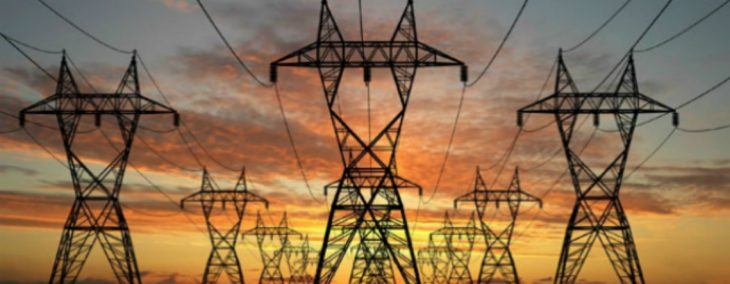Residential electricity prices rise, usage falls in first half of 2017
by September 25, 2017 9:54 am 382 views

Retail electricity rates paid by U.S. residential customers increased 3% to 12.8 cents per kilowatt-hour in the first half of 2017, compared to the same period in 2016, according to the U.S. Energy Information Administration. Prices were higher in most areas of the country, and only six states had lower prices.
Alaska and Hawaii have the highest residential electricity prices in the United States. In Hawaii and Alaska, the price rose 9% to 23.3 cents per kilowatt-hour and 5% to 18.1 cents per kilowatt-hour, respectively, in the first half of the year, compared to the same period in 2016.
“The six states in the New England region have the second-highest residential electricity prices in the nation, but in the first half of 2017, New England’s average residential electricity price was only 0.5% higher than during the same period last year,” according to the EIA. “This small increase follows a 3% decline in average annual New England prices during 2016.”
Some of the price increase in early 2017 can be attributed to the rise in fuel costs for generation electricity. The cost of natural gas transported to U.S. electricity generators rose 37% to $3.53 per million British thermal units in the first half of 2017, from the same period in 2016. However, the price of coal sent to the generators fell about 2%. Also, power companies have been increasing the amount they are investing in infrastructure for transmission and distribution of electricity.
In the first half of 2017, the amount of electricity the average residential customer consumed decreased 2.5% to 812 kilowatt-hours per month, from the same period in 2016. Consumers used less electricity because of the milder weather. The lower usage offset the rise in retail prices, according to the EIA. “The average residential electric bill was about the same as last year, averaging $104 per month between January and June 2017.”
In 2017, the average retail price of electricity for residential customers is expected to rise 3.6% to 13 cents per kilowatt-hour, from 2016.
